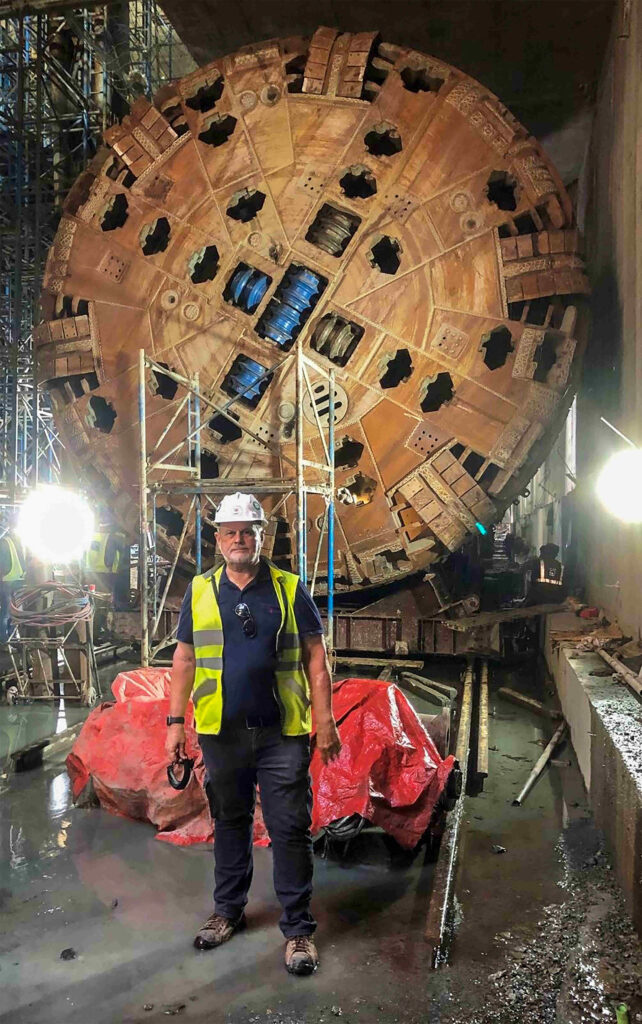Three principles to successful program management and delivery
Gordon Torp-Petersen served as the project director for Mumbai Metro Line 3 from 2017 to 2023.
Managing transit programs is a complex craft, and delivering programs on time and within budget is easier said than done. In my decades of experience working on highly complex transit programs around the world, I’ve found that mastering these three C’s — creating, coordinating and communicating — is the surest path to successful program delivery. Here’s how my teams and I applied these principles to our work on the Metro Line 3 in India, the first underground metro line in Mumbai, to keep this ambitious program moving forward.
Creating
Effective program management on infrastructure programs requires the ability to create innovative solutions that keep work on track and minimize disruptions to daily life around the project site. That’s exactly what we provided for Mumbai Metro Line 3. We added above-ground roadway platforms that allowed vehicular traffic to continue flowing even as we were tunneling 98.5 feet (30 meters) below, creating twin tunnels nearly 21 miles (33.5 kilometers) in length. Our innovation prevented road closures that would have greatly inconvenienced the community, enabling people to continue accessing work, school and other destinations as tunneling and construction work progressed underground.
Coordinating
Transit programs are by their very nature multifaceted and frequently overlap across the jurisdictions of a myriad of local, state and federal government agencies. Whether it’s a transit program in Mumbai, Dubai, London or New York City, having first-hand knowledge of each agency’s priorities, operations and expectations is the surest way to establish coordination plans that minimize project delays and reduce cost overruns. For the Metro Line 3 project, closely coordinating our work with the Bandra Kurla Complex, a business and residential district in Mumbai, and the Brihanmumbai Municipal Corporation, the governing civic body of Mumbai, enabled us to manage and adapt tunneling methods and hours so that vital tunneling work could proceed as planned, allowing this critical program to remain on schedule.
Communicating
Establishing a culture of communication, which includes sharing ideas and tackling potential program concerns together, helps advance a unified team. This was the case with the now-completed Sahar Road crossover for Mumbai Metro Line 3, which allows trains to switch tracks up and down the line. The crossover project included two 744-foot-long (227-meter) caverns made up of six different sections. Its mountainous terrain and water drainage requirements added to the intricacy. Communication across the 30-member consultant and contractor team allowed us to establish a consensus on the complex crossover design, construction planning and logistics management, which allowed this critical portion of the Line 3 project to advance on time and within budget.
Capability is the linchpin
While creativity, coordination and communication are important, they must be backed up by a fourth important “C,” capability: the resources and knowledge to deliver a successful transit program. At AECOM, our decades of experience and depth of knowledge delivering transit programs across the world — Europe, the Middle East, Asia, and North and South America — affords us a unique ability to provide tailored solutions, manage the unexpected and meet evolving client needs on infrastructure programs of all scales and scopes. By combining our extensive program management experience with global expertise and local insights, we can provide the type of uniquely tailored solutions needed to meet any challenge that arises — assuring we can deliver transit programs that benefit communities for years to come.







